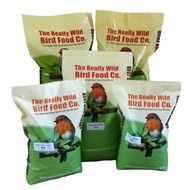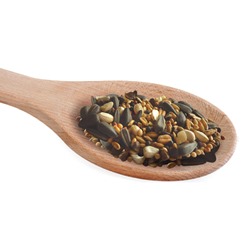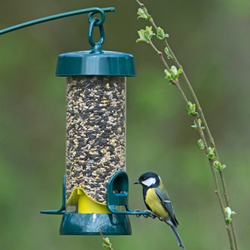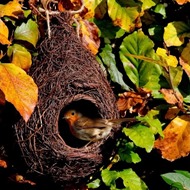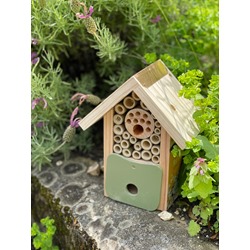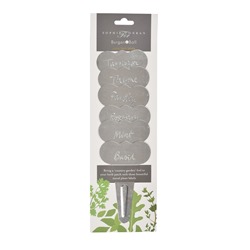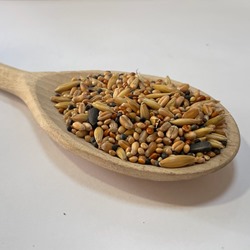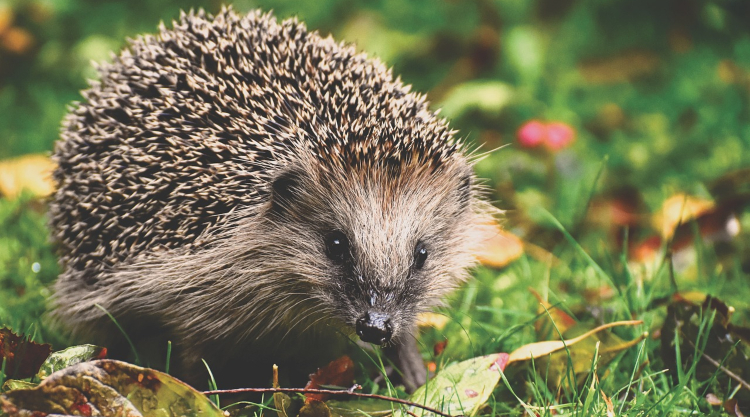
Sadly, the numbers of hedgehogs have dwindled over the years. This decline in population is mainly due to the fragmentation of their habitats and difficulty in finding food.
However, small steps on our part will surely make the life of these tiny creatures significantly easier. There are a number of things we can do to help these gardeners' friends, such as supplying food and water, providing hedgehog habitats and creating an overall hedgehog-safe environment.
How Can I Help Hedgehogs?
1) Food and water
The easiest thing we can do to help hedgehogs is to provide them with food and clean drinking water. These essential resources are particularly scarce in the autumn and early spring.

Spikes Hedgehog Food
While hedgehogs prefer insects and other grubs, they are opportunistic eaters so will happily feed on anything from bird eggs to shop-bought hedgehog food!
Hedgehogs usually hibernate during the winter and before hibernating, they need to prepare their body reserves in order to survive the hibernation process. They need to feed well and to weigh at least 600 grams to ensure that they will have sufficient fat stores to enter hibernation and stay healthy throughout - so give them the helping hand they need and provide them with a few extra snacks!
2) Hedgehog habitat
Another way you can help the hedgehogs is by providing them with a safe haven i.e. a hedgehog house! Your local hogs can then rest in their safe retreat during the daytime and hibernate in safety during the winter.

Hedgehog Basket
When hedgehogs emerge in the spring after hibernation they loose a considerable amount of their body weight. They are at significant risk during this time, especially if the spring is cold and wet and there is once again a scarcity of natural food around. This is why providing supplementary food to your local hedgehogs is necessary during these times.
Alternatively, when tidying your garden for the winter, consider leaving a pile of leaves or logs in a quiet corner for a hedgehog to find and hibernate in.
3) Create a hedgehog-safe environment
We can also protect the hedgehogs by ensuring that our gardens are hedgehog friendly. This could be through simple things like covering any drain holes and swimming pools during the night time. You can also place bricks or wooden planks in your ponds to give the hedgehogs an easy way out - as they tend to love a dip in the cool water but struggle to get back out!
Hedgehogs mostly feed on slugs, snails, insects and worms. By making piles of old wood, you can attract these insects and provide a buffet of food for your local hogs. It is also crucial that you stop using slug pellets and other pesticides in your garden - encourage hedgehogs to provide that service for you instead!

Very importantly at this time of year, please remember to check any piles of garden waste for hedgehogs - you may wish to leave a pile there undisturbed over winter if it's already inhabited. Be very careful when digging your fork into the compost heap, and always move bonfire piles to a new location the day of burning it. Also, check thoroughly before strimming or mowing overgrown areas.
If you use netting, twine or similar in your garden, be sure that it is raised off the ground enough so that hedgehogs can pass underneath without becoming entangled.
These small steps on our part will definitely go a long way in making sure that the hedgehogs are well protected during the harsh times!
*
If you have any further questions or would like more advice on how to protect hedgehogs, feel free to reach out and contact us today. One of our professional team members will be more than happy to answer any questions you may have, and help prepare you to do you bit to support and protect your local wildlife!
Contact Us
 Back
Back Bird Foods
Bird Foods
 Seed Mixes
Seed Mixes Straight Seeds
Straight Seeds Mealworms & Worms
Mealworms & Worms Chicken Feed
Chicken Feed Duck Food
Duck Food Peanuts & Peanut Butter
Peanuts & Peanut Butter Suet & Fat Balls
Suet & Fat Balls No Mess Bird Seed
No Mess Bird Seed Wheat Free Bird Seed
Wheat Free Bird Seed Sunflower Seeds
Sunflower Seeds Softbill Bird Food
Softbill Bird Food Bulk Bird Seed
Bulk Bird Seed Trial Packs
Trial Packs Pick & Mix
Pick & Mix Mini Pick & Mix
Mini Pick & Mix Birdie Basics: Budget Bird Food
Birdie Basics: Budget Bird Food Food for Small Birds
Food for Small Birds Back
Back Bird Feeders
Bird Feeders
 Seed Feeders
Seed Feeders Peanut Feeders
Peanut Feeders Peanut Butter Feeders
Peanut Butter Feeders Suet & Fat Feeders
Suet & Fat Feeders Window Feeders
Window Feeders Hanging Feeders
Hanging Feeders Feeding Stations
Feeding Stations Ground Feeders
Ground Feeders Easy Clean Feeders
Easy Clean Feeders Bird Tables
Bird Tables Seed Trays
Seed Trays Bird Baths & Drinkers
Bird Baths & Drinkers Feeder Accessories
Feeder Accessories Feeder Hygiene
Feeder Hygiene Squirrel Proof Bird Feeders
Squirrel Proof Bird Feeders For the Kids
For the Kids Niger Seed Feeders
Niger Seed Feeders Mealworm Feeders
Mealworm Feeders Bird Food Storage
Bird Food Storage Fat Ball Feeders
Fat Ball Feeders Tube Feeders
Tube Feeders



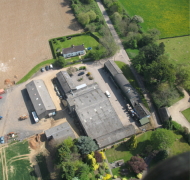 Our Farm
Our Farm
 Tips & Advice
Tips & Advice
Contact Us

